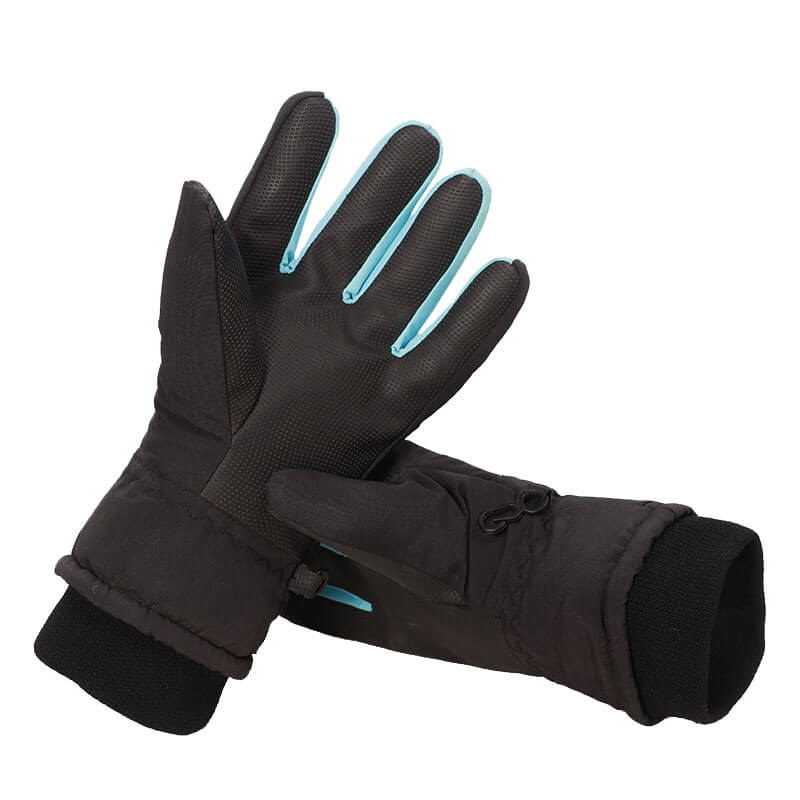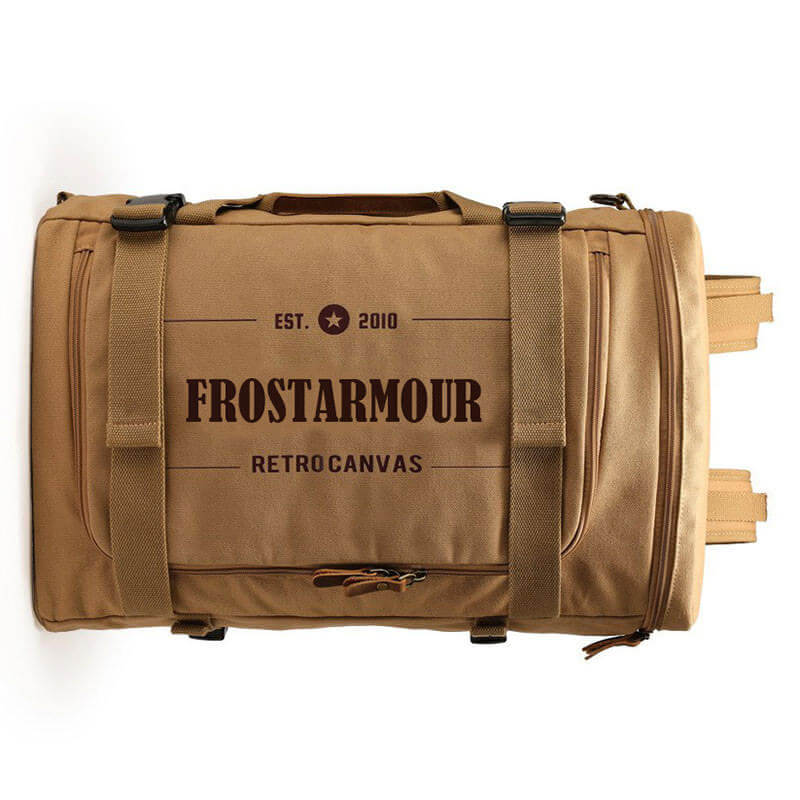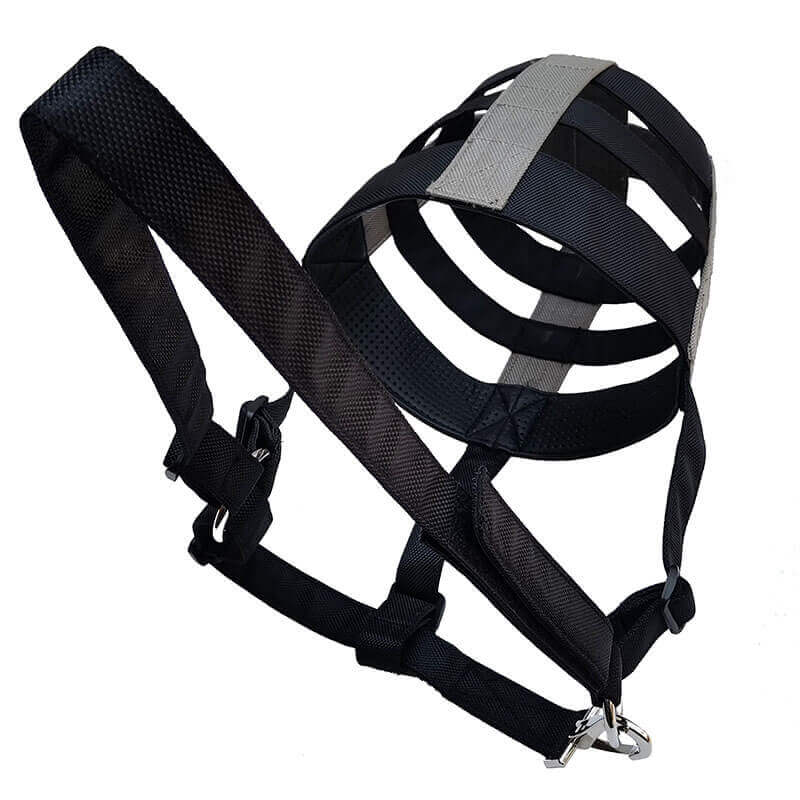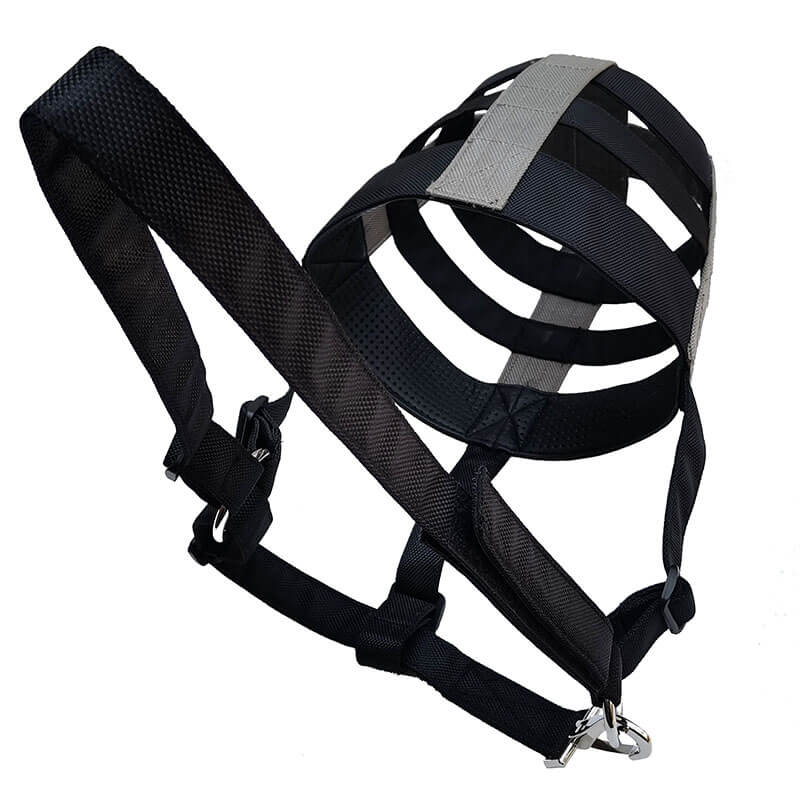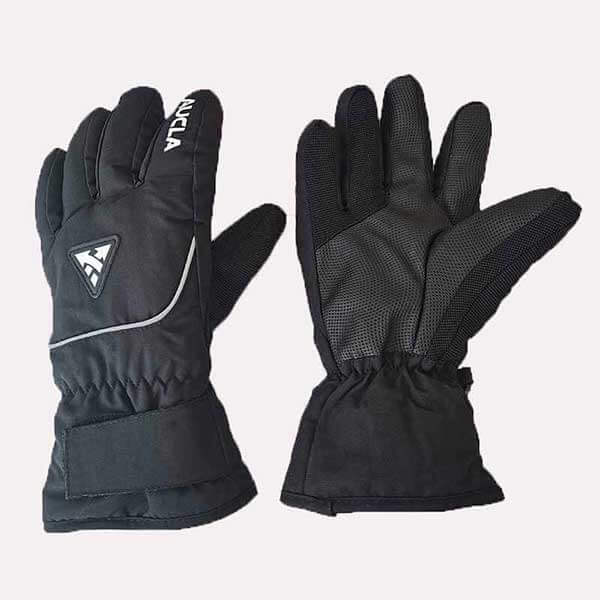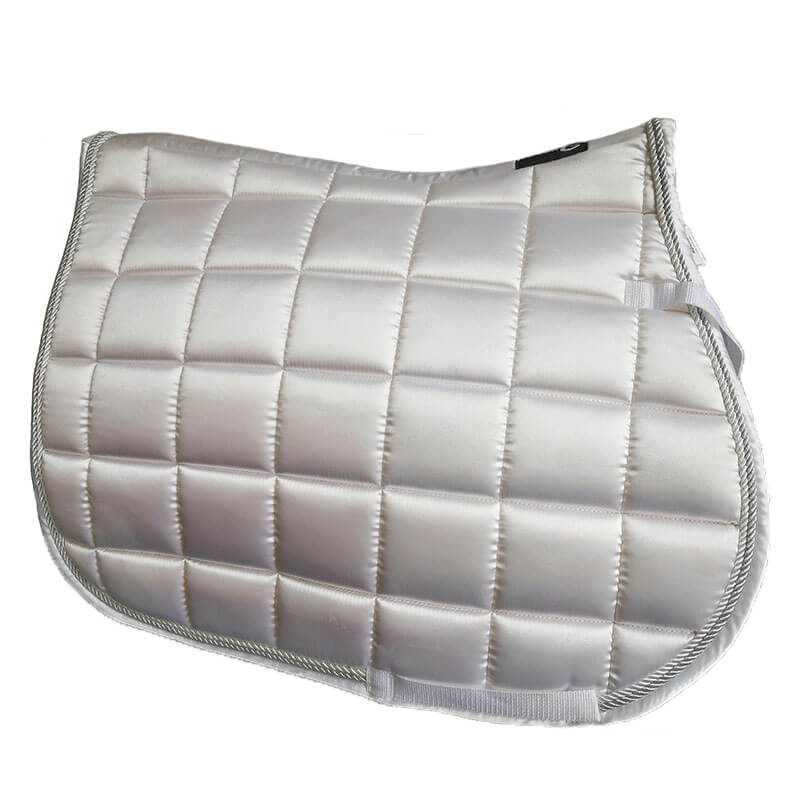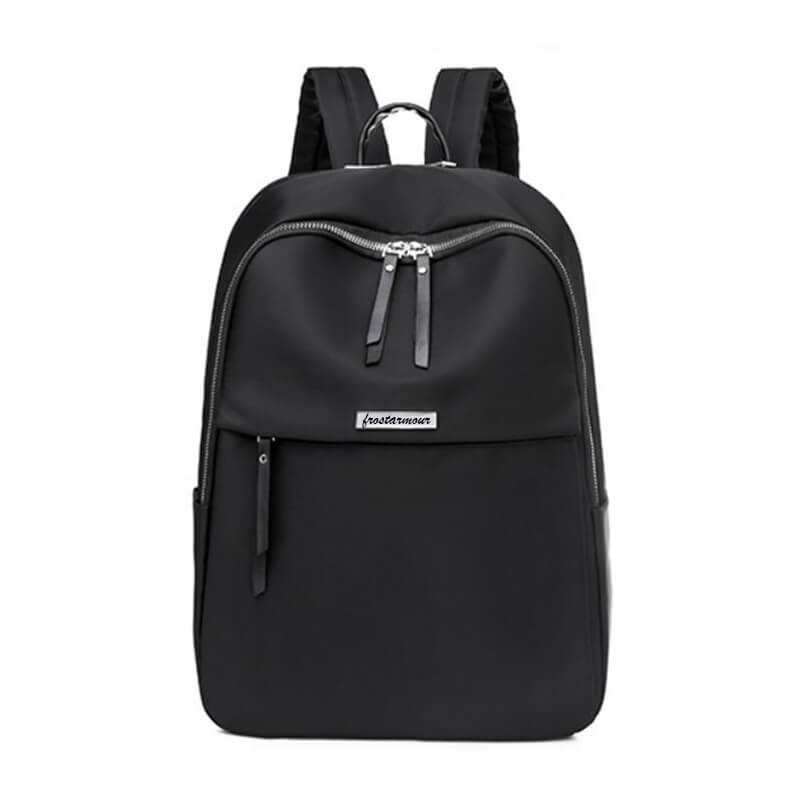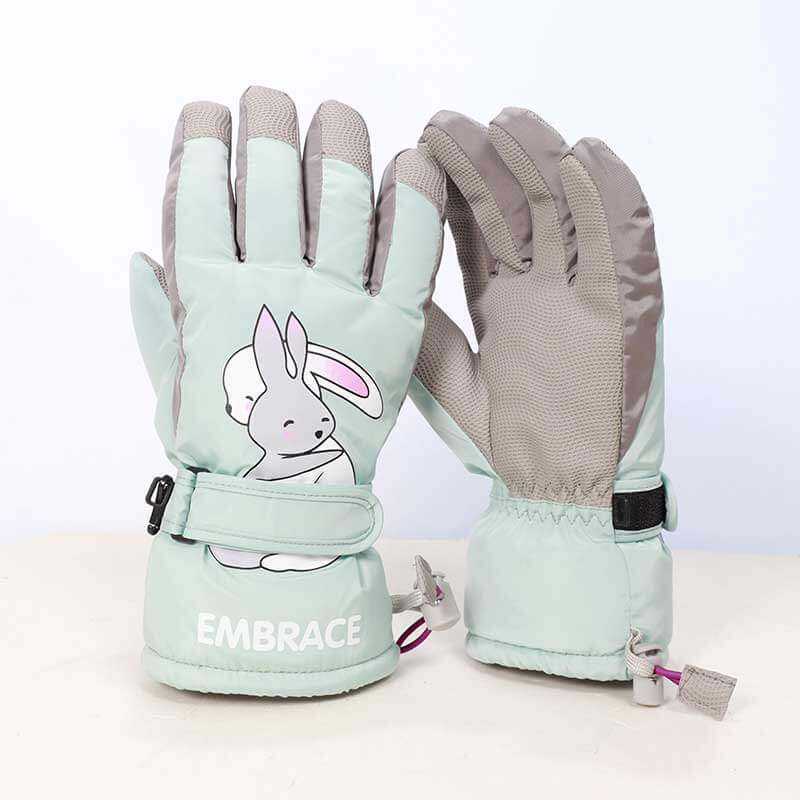Eco-Friendly Gloves, Bags, Horse Accessories Manufacturer, Supplier
From design to Delivery, make gloves, bags, horse accessories with high quality and eco-friendly materials to enhance your brand value.
China high-quality Ski Glove manufacturer, Bags factory, and Horse Accessories supplier
Customize the most fabulous products and get quality service directly from the best China ski gloves, bags, horse accessories suppliers and manufacturers.
Frostarmour offers a wide range of practical ski gloves, bags, and horse accessories. Printed and embroidered products can be customized, designed, and manufactured for all customers. We sell directly from the factory, so there is no middleman to take your profit. So it is cheaper to work with us.
Frostarmour's Business
Customized winter ski gloves, mittens, tote bags, and equestrian accessories for related industries. We are reputable and of high quality.
Location
We are an OEM/ODM manufacturer located in Jiaxiang County, the “Hometown of Ski Gloves” in China. Our location is very convenient. It’s only 30 minutes from the airport, 15 minutes from the train station, and 4 hours from Qingdao Port. Our company is in a great spot. We have transportation routes going in every direction.
Business Type
OEM/ODM – We offer many styles of winter ski gloves, versatile tote bags, and various equestrian accessories.
We have years of experience in producing and exporting custom products. Our customers include wholesalers, suppliers, retailers, agents, supermarkets, and shopping malls. It contains many types of companies. These include gift companies, hotel chains, beer companies, and healthcare firms. Also, there are cosmetic companies, outdoor product sellers, and stationery businesses. Apparel companies, ski glove distributors, ski gear shops, and equestrian product companies are part of this list, too. Horse training centers and horse accessory stores are included, along with many other industries.
Customized winter ski gloves, tote bags, and equestrian accessories to your exact specifications.
We mainly focus on customizing products to meet our clients’ specific needs. This includes both functional and promotional items. We will handle all your project needs, including materials, colors, and special functions. We will follow your specifications and make sure they meet your expectations.
Competitive price advantages and large manufacturing capacities.
We located our company in Eastern China, not in the high-cost coastal areas. This keeps our labor costs low. We can offer competitive prices. With enough workers and a steady staff, we have a big production capacity. This means we can easily manage both large and small orders.
There are many different materials for making winter ski gloves, mittens, tote bags, and equestrian accessories.
We offer logo printing and embroidery services. This adds a personal touch to products, making them unique and branded. We work with many materials. Materials include nylon, polyester, canvas, cotton, and leather. Also, there’s PU, PVC board, PE board, hollow fiber, reflective fabric, and tarpaulin.
Frostarmour - We are always engaged in learning and innovation.
We make custom ski gloves, bags, and horse accessories. We offer many styles and can turn your designs into reality.
Frostarmour's social responsibility
We value our employees’ working environment and respect their human rights. Also, we do not hire minors. We use materials that are eco-friendly and non-toxic. These meet international standards. We adhere to Chinese laws and regulations as well as the relevant industry standards.
Product Category
Frostarmour outdoor sports
• Best Ski Gloves, Bags, and Horse Accessories Manufacturer Since 2008
• Frostarmour is an excellent factory in China. We have lots of experience making ski gloves, bags, and horse accessories. You can trust us to deliver high-quality, customized products.
• We design and make outdoor sports products. We use eco-friendly materials to promote health and benefit society.
• We offer many tailored services for wholesalers, including brand stores, supermarkets, and trading companies. Our goal is to help them reach their business targets.
• If you are looking for ski gloves, bags, or horse accessory manufacturers, we will be your best choice.
Latest Products
Horse muzzle
Custom Horse Muzzle Horse Muzzle is a shell made with 1680D nylon fabric and filled with sturdy PP panels that
Black Ski Gloves
Customized black ski gloves Black ski gloves are designed for both function and style, making them an essential accessory for
White saddle pad
Customizable saddle pad The shell of it is made of shiny polyester fabric, which is stylish and beautiful. The interior
Black Computer Backpack
Custom Computer Backpack The black computer backpack is a stylish backpack that combines leisure and work. It has a beautiful
Company Profile

Welcome to our company
Our company is a manufacturer specializing in the production of high-quality ski gloves, bags and equestrian accessories. We have a profound industry background and strong technical strength, and are committed to providing high-quality, efficient, and innovative products and services to global partners and consumers…
Our Product
Horse muzzle
Custom Horse Muzzle Horse Muzzle is a shell made with 1680D nylon fabric and filled with sturdy PP panels that
Black Ski Gloves
Customized black ski gloves Black ski gloves are designed for both function and style, making them an essential accessory for
White saddle pad
Customizable saddle pad The shell of it is made of shiny polyester fabric, which is stylish and beautiful. The interior
Black Computer Backpack
Custom Computer Backpack The black computer backpack is a stylish backpack that combines leisure and work. It has a beautiful
Adult Ski Gloves
Frostarmour - Everything can be customized
Product Color
Customization based on PANTONE color card numbers, pattern designs, or physical samples.

Main Fabric Materials
High-quality polyester, 100% cotton, leather, fur, sample materials, etc.

Secondary Materials
PVC, EVA, polyester lining, foam sponge, hollow fiber, etc., are available.
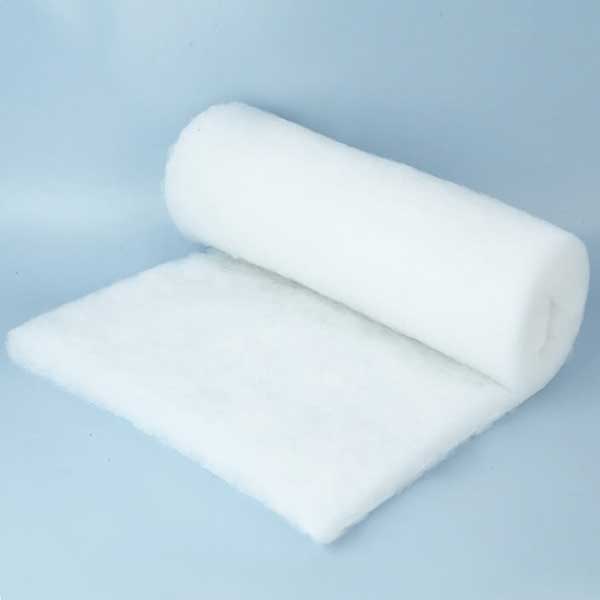
Product Accessories
We can customize the necessary accessories for the product, with different styles and materials, including alloy zipper heads, zippers, stainless steel rings, buckles, webbing, etc.
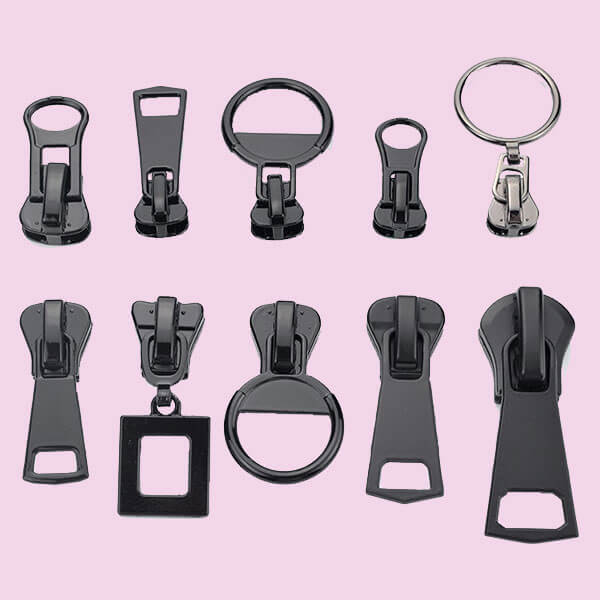
Brand Logo
We can customize beautiful embroidery designs, prints, logos, etc., on products or hang cards or on package stickers, also including product ingredient labels to enhance brand awareness.

Package
We can print size specifications, warning messages, etc., on cartons or OPP bags according to your needs. This helps to enhance your brand image and attract customers.
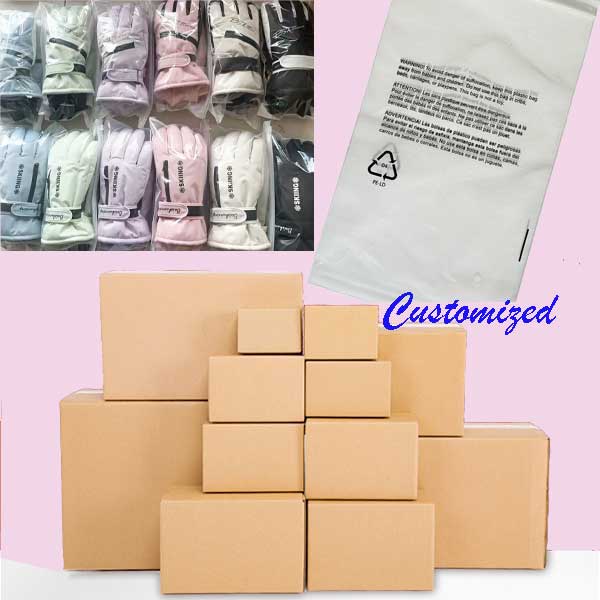
Full Service From Design To Delivery
• Focused on providing customers with solutions for outdoor sports products.
• Frostarmour provides a free design service, consultation, drawing, and sample creation.
• Use our quick sample-making and production to get your products to market faster. This lets you enjoy more benefits.
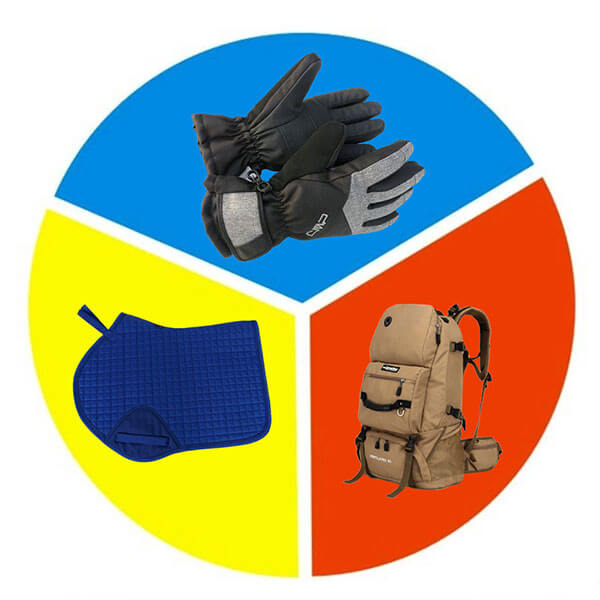
By working with us, you can:
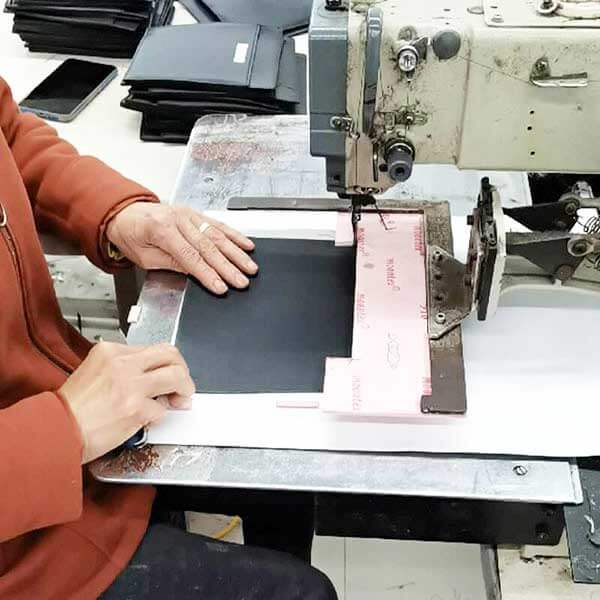
Factory Directly
We manufacture ski gloves, mittens, bags, and horse accessories in our factory. This cuts costs by 30% to 50%. There is no middleman to earn a spread or commission. As a result, you get better prices and more direct service.
Quality Assurance
We produce based on customer needs. We create a clear product process flow. We control material inspections at the warehouse. Staff check their work during production. We also have commissioners inspect the process and check the finished product packaging. This way, we ensure high product quality.


Affordable Price
We use high-quality equipment and trusted suppliers. We also keep improving our technology and processes. This helps us lower costs and enhance staff training. All of this boosts our production efficiency.
Small Order
We provide flexible minimum order quantities. This helps you customize the products you need. We also offer various price points to fit your budget and satisfaction expectations.


Rich Experience
We have over 10 years of production experience. Our management and technicians each have over 10 years of relevant work experience. Key production positions are filled by skilled and experienced employees.
Satisfied Service
We’re always happy to hear your product inquiries, questions, suggestions, or complaints. We’ll resolve them! We guarantee that all orders are 100% satisfactory to you. If your order is not 100% correct for any reason, we will correct it or refund your money.

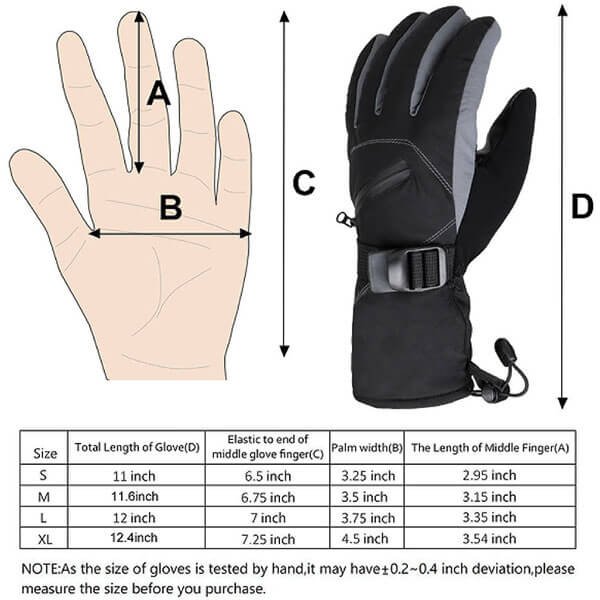
A wide range of sizes
We can offer gloves, bags, and horse accessories in various sizes to ensure you get the right product. We are sure you’ll find what you need within your budget, regardless of size, length, or width.
Materials that are friendly to the environment
We use eco-friendly and healthy materials in all our products. Each one has the necessary industry certificates. We care about our consumers and contribute to our “global village.”


Full range of freight services
We offer a full range of freight services. We can help with door-to-door freight forwarding if you don’t have your forwarder. All you need to do is wait for the signing of the goods. Of course, we can also provide FOB ports only.
Our Articles
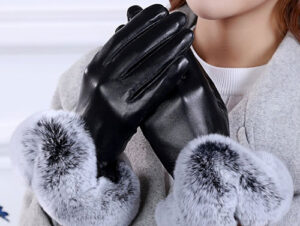
Leather glove cleaning and maintenance method
Daily care of leather gloves In the winter, leather gloves are essential items. So, how should I maintain it after
Frostarmour—Earn trust through quality. Expand the market with honesty. Connect with global development.
Today, the outdoor sports goods market is global. This includes winter ski gloves, bags, and equestrian supplies. We will focus on standing out by prioritizing quality. Honesty will keep us connected, and service will support our efforts.
Quality is the cornerstone of our company's existence.
We boost our production of ski gloves, bags, and horse accessories using advanced automation. We carefully monitor the entire process, from incoming materials to finished products. This helps us reduce defects and improve efficiency. As a result, we boost the rate of qualified final products. We use eco-friendly, high-quality materials. This boosts product durability and meets consumers’ needs for affordability and practicality. We set up a Quality Assurance Center (QAC) to oversee incoming materials, production, and finished products. Our goal is to lower the defect rate to below 0.5%.
Honest cooperation builds long-term trust.
In foreign trade, clear communication is crucial. Honesty helps overcome cultural differences. We will offer tailored products that meet the required certifications based on customer needs. This way, we can ensure their satisfaction. We set up a system to sync production progress during the process. We share updates and the quality inspection report with the customer. We also offer after-sales service through our “subscription service.” This way, customers can feel truly assured and worry-free.
Differentiated customization for global services.
In the global market, we quickly adapt to changes. We adjust our production and supply as needed. We also offer customized services tailored to meet our customers’ specific needs.
For example, for small orders of bags and horse accessories, we will complete the order production in a short period. This way, we can realize “fast turnover of small orders” to meet personalized customer needs.
If there is a large number of ski gloves, we fully optimize materials, manpower, and resources. Realizing “large quantity and fast turnover,” this helps us produce large quantities quickly. As a result, our customers can adapt better to market changes.
In short, our company will drive forward with “quality + integrity.” We will focus on technological innovation, improve our services, and accelerate market growth. Our goal is to take “Made in China” to the world. We will stay true to our goal of globalization. We will focus on niche areas, offer better products and services, and navigate the vast global market.
Frostarmour-- Specialized production and wholesale of premium ski gloves, mittens, bags, and horse accessories.
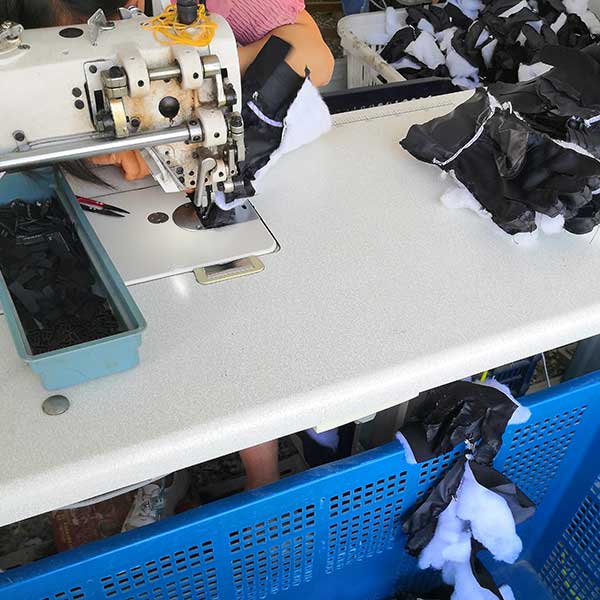
You know that choosing a good manufacturer of ski gloves, bags, and horse accessories is key. A reliable partner with fair prices can save you time and money. It is also a way to promote your brand in a manner that achieves strong results. We want to share our knowledge and experience with everyone in the ski gloves, bags, and horse accessories business. We will stay dedicated to learning and innovation. We promise to maintain high quality in our products and services. This commitment will drive our growth in our professional and personal lives.
Frequently Asked Questions
If you can’t find what you need in the FAQ, please reach out to us. We’ll get back to you with a satisfactory answer as quickly as we can!

Are you a registered company? Can I trust you?
We are a registered business with the China Administration for Industry and Commerce. We have our own import and export rights, so you can trust us.

You accept OEM/ODM? can you order according to my requirements?
We can provide you with OEM/ODM services. We can design and manufacture according to your requirements.
How long is your delivery time?
If the order is under 30,000 units, the total time will be 15 to 25 days. This includes 1 to 7 days for preparing raw materials. Then, it takes another 7 to 15 days for the custom logo and mass production. The exact time depends on the raw material stock.
Do you have stock for sale, or can you customize it? If it can be customized, what is the least order quantity?
We accept customized products. We have a flexible and friendly ordering model. The smallest order for ski gloves is 500 pairs. The smallest order for bags is 500 pieces. The smallest order for horse accessories is 500 pieces.
What payment methods do you accept?
We usually need a 30% payment in advance. You can pay this by Telegraphic Transfer or PayPal. The rest is due when the goods are finished and ready to ship.
Can I ask for a sample before placing an order? Do I need to pay for the samples?
Absolutely. We are glad to make custom samples for your approval.
For customized samples, we will temporarily collect a sample fee based on the cost. This fee will be refunded when you place your order. Only the freight will be charged.
Which shipping method is available? How to track?
Shipping to your nearest port takes 15-30 days. You can contact the shipping agent for tracking.
To reach your nearest railway platform, land transport takes 7 to 20 days. You can track your shipment by contacting the transportation agent.
Air transport to your nearest airport takes 3 to 5 days. You can contact the transport agent to track your shipment.
Use express services like DHL, UPS, FedEx, TNT, or EMS for door-to-door transport. It takes 2 to 5 days. Contact the express company for tracking updates.

